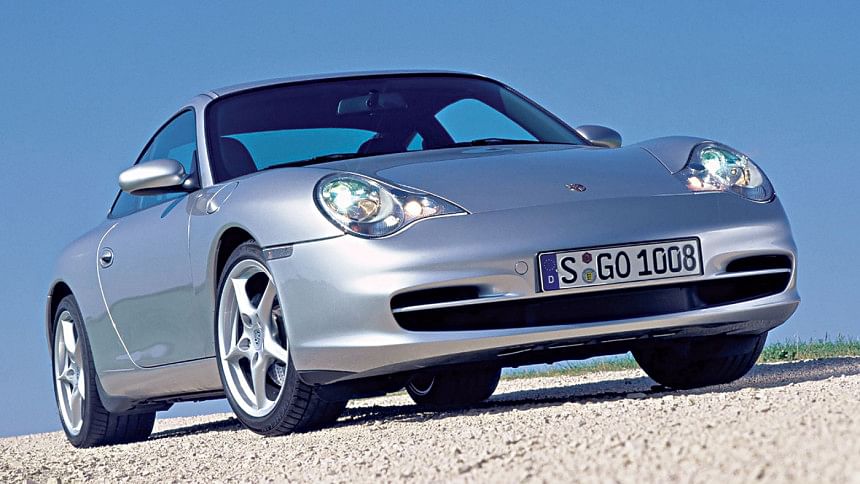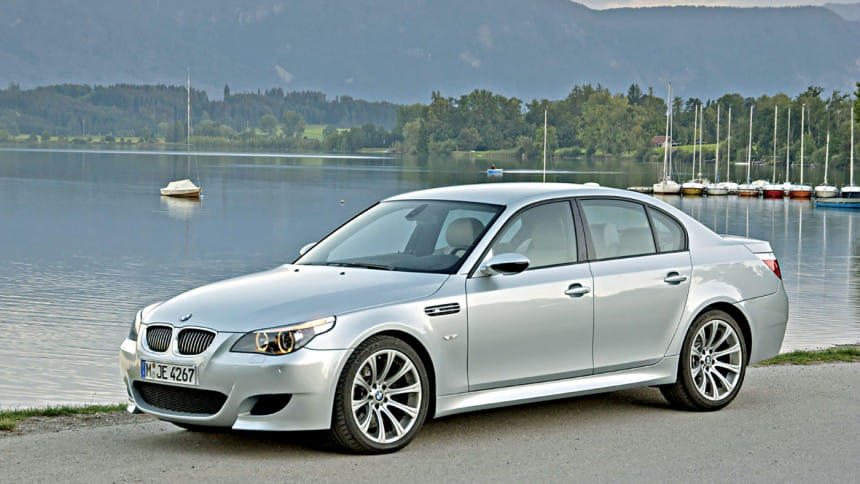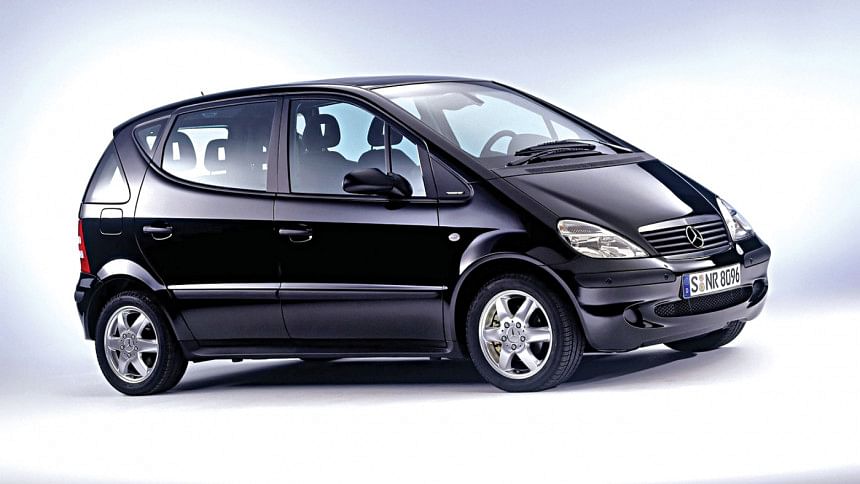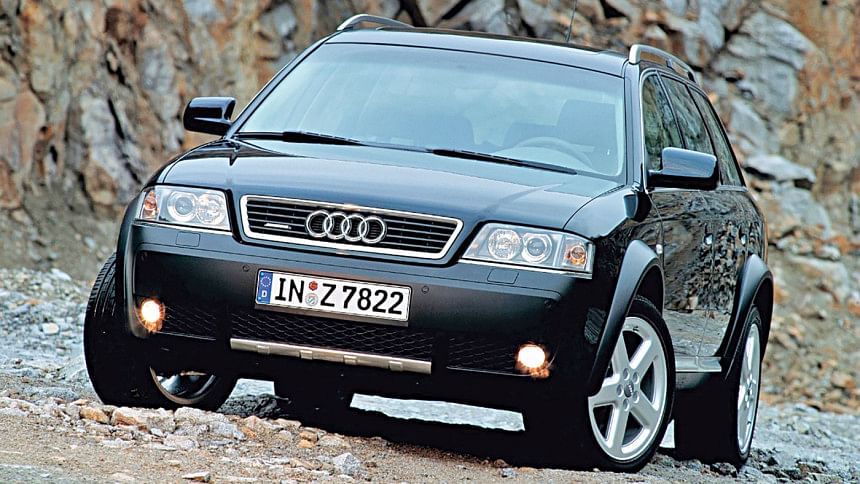Questionable cars from reputable brands
"Failure is the pillar of success" is a mantra as old as the auto industry. Henry Ford perched it, Soichiro Honda lived it, and most of us try to accept it. Each car companies have their fair share of failures, but few failures turn out to be as spectacular as the ones made by performance brand. In their never-ending trek to push the boundaries, when they fail, they fail big. Today we look at some such failures and discuss why they ended up like that

Aston Martin Lagonda Series 2
Released in 1976, the second generation of the Aston Martin Lagonda was something else. The luxury sedan looked like a giant folding wedge on wheels with six headlights, four of them pop-ups. The craziness continued on inside, with the car's space-age instrument cluster featuring touchpads, gas plasma displays and a single spoke steering wheel. It was effectively road-legal a Star Wars prop, for those who can afford it. Aston Martin asked a whopping $170,000 for each car, which is around $370,000 in today's money. Unfortunately, for all that money what you got was a car with rapidly unpopular design and an electronic system that cost a fortune to run and maintain. Needless to say, this behemoth never became the sales hit Aston Martin wanted it to be.

Porsche 996
The 996 generation gets a lot of flak from the purist, mainly for its look. It was the first generation of Porsche that didn't borrow its headlight from the beetle's parts bean. A decision that proved controversial, to put it mildly. The first generation's headlights were criticized for looking like a poached egg with the yolk on the bottom, while the facelifted headlights looked like eyes of a man who forgot to wash them after a good night's sleep. The car also had issues with its IMS bearing, which had a habit of grenading the engine without prior notice. These factors made the 996 among the least desirable Porsche on the market, even though at the end of the day they are pretty decent cars. On the bright side, these perceived "issues" tanked the 996's resale value, making them a bargain for enthusiasts on a tight budget.

BMW E60 M5
On the surface, E60 M5 was a fabulous beast. A comfortable mid-sized luxury sedan that came with a naturally aspirated V-10 engine, pumping out 500 Hp and 520 N-m of torque. However, as good as the engine was at turning fuel into happiness, it wasn't very reliable. The motor is infamous for its rod bearing failure, which when happens, destroys the engine. And it that wasn't enough, most M5's sold with the SMG semi-automatic transmission, which is prone to failure and expensive to repair. There are no aftermarket fix for either of these problems, meaning it is not a matter of if they will go wrong but when. Overall, the E60 M5 is a car that is best appreciated from after, or at least with a bumper to bumper warranty.

Mercedes-Benz W168
The first A-class was notable for standing out of the rest of the Mercedes lineup; but not in a good way. The bulbous subcompact that lacked both the luxury and performance commonly associated with the three-pointed star, yet it was still more expensive than its competitors. The interior was bare-bones, with plastic panels that creamed "economy" whenever you look. The car also had a lousy gearbox, which slipped regularly and worst of all, terrible weight distribution. When performing a traditional "elk test" in 1976, a Swedish automobile publication managed to flip their vehicle on a sharp turn, putting the car's safety in question. Mercedes had to suspend sales of the car for three months and had to issue a recall to fix the issue. Overall, not the car you think about when thinking about German luxury. Thankfully, the subsequent generation updated the car's looks and quality significantly, and it is now something you can seriously consider when you are thinking of getting an entry-level luxury vehicle.

Audi A6 Allroad Quattro
When it was first released, the Audi Allroad Quattro seemed like it had everything. It had a twin-turbo V6, making 247 hp and 350 N-m of Torque. The wheels were fitted with Audi's Quattro permanent four-wheel-drive system with adjustable air suspension, which could lift the car up to 8 inches or lower the car to as low as 6, making it perfect for both mud and asphalt. Sadly, all these features came at the cost of reliability and ease of maintenance, as people who bought them soon learned the hard way. The engine was extremely hard to work on, with something as simple as changing the timing belt required removal of the entire front end. To make matters worse, all the special features of the car, the turbos, the Quattro system and air-suspension, had a habit of prematurely expiring, resulting in four figure repair bills. In many ways, the technology used in the car was way ahead of its time and Audi should have spent a few more years releasing them before releasing them to the masses. On the bright side, the new Allroad is head and shoulder above its predecessor and a joy to drive.

 For all latest news, follow The Daily Star's Google News channel.
For all latest news, follow The Daily Star's Google News channel. 



Comments